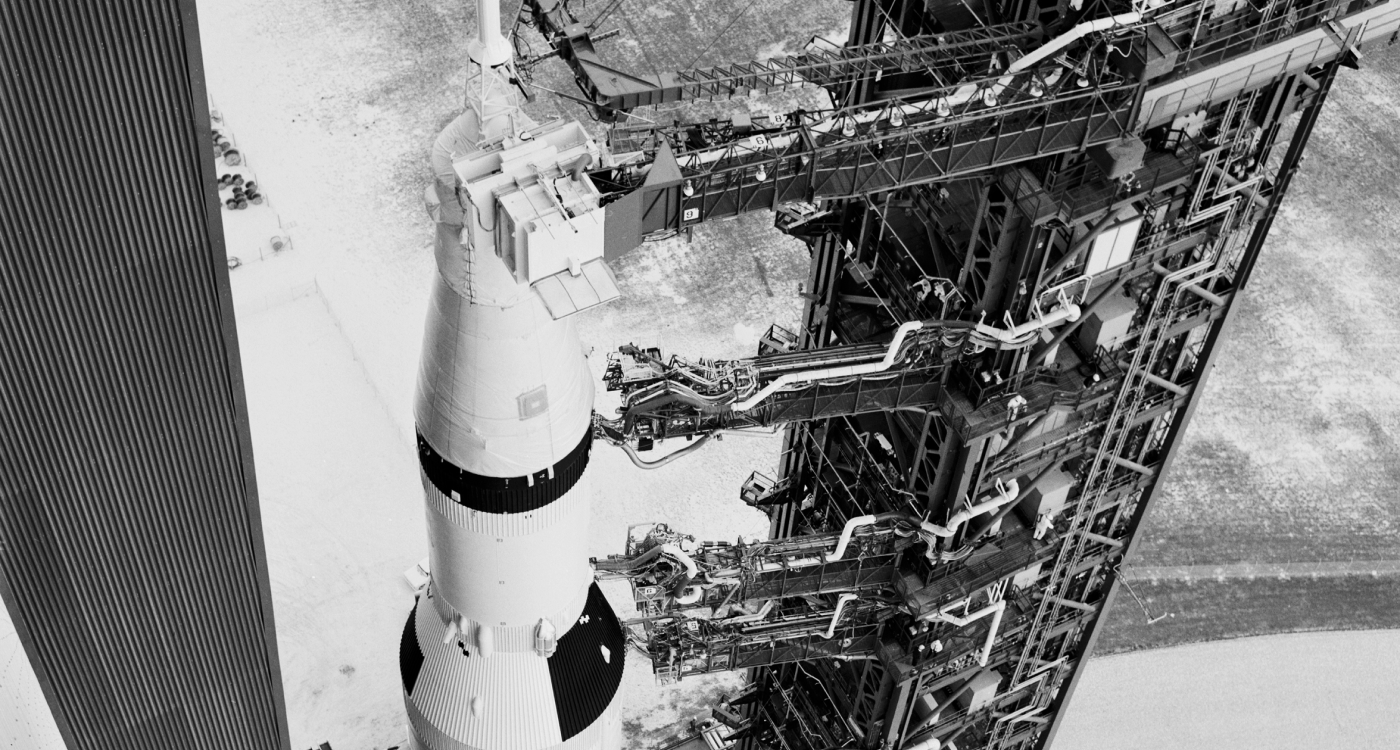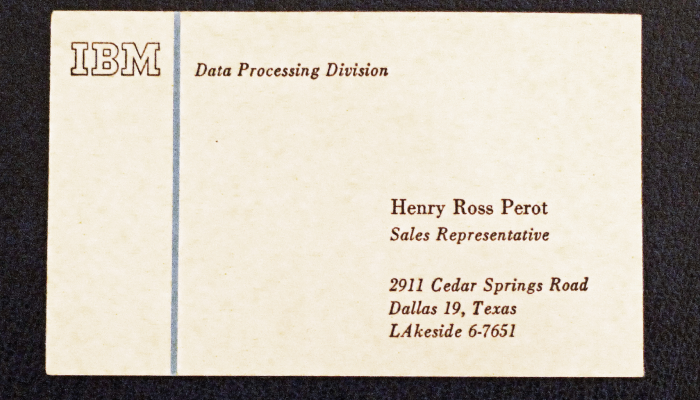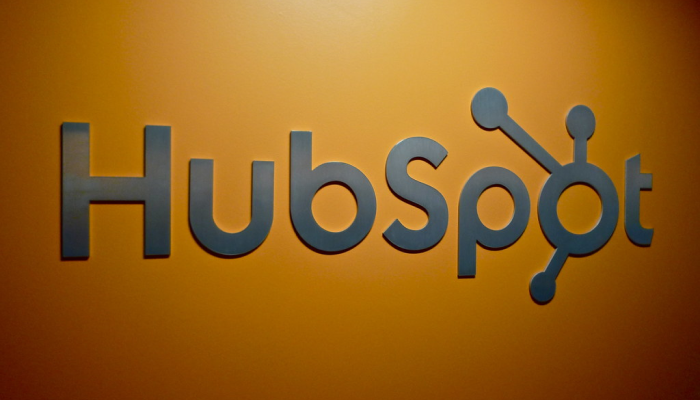
When John F. Kennedy told Congress in 1961 that America would land a man on the Moon, NASA did not yet have the rockets, modules, or computers to make it happen. What it did have was a massive budget, a mandate to beat the Soviets, and a group of contractors desperate to win the work.
The Apollo program is remembered for astronauts and engineers. Less visible were the sales teams and executives who turned proposals, presentations, and political relationships into contracts worth billions. Without them, the Saturn rockets and lunar modules might never have left the drawing board.
The First Big Win: North American Aviation
In November 1961, NASA awarded the Apollo command and service module contract to North American Aviation (NAA). Competitors included General Electric, McDonnell Aircraft, Martin, and others. According to NASA’s own program history, Martin’s proposal actually scored higher in the evaluation, but NAA’s long history working with NASA’s predecessor (NACA) and its technical reputation carried the day.
At the center of this push was Harrison “Stormy” Storms, president of NAA’s Space and Information Systems Division. Storms built his reputation not in a lab but in the conference rooms of Washington and Houston, where he argued that NAA could integrate multiple complex systems under one roof. He expanded the division from roughly 7,000 to over 14,000 employees almost overnight to staff Apollo work .
Storms spent as much time defending budgets and negotiating contracts as he did reviewing blueprints. His team produced thick proposal volumes, rehearsed presentations, and made repeated trips to Houston to calm NASA officials worried about schedule slips and technical flaws. By August 1963, the definitive contract was signed: $938.4 million for the spacecraft that would carry astronauts to the Moon.
Winning NASA business in the 1960s required a new type of sales process. Contractors sent in thousands of pages of proposals, hired teams of “government liaisons,” and stationed representatives near Houston and Huntsville to manage relationships with NASA procurement officers.
Every clause mattered, and small missteps could cost a company hundreds of millions. NAA’s victory on Apollo was less about lowest cost and more about convincing NASA that it would be a single accountable partner in a program too complex to split across firms.
Selling Guidance: Draper and the MIT Instrumentation Lab
The Apollo guidance contract was another high-stakes contest. Charles Stark “Doc” Draper and his MIT Instrumentation Laboratory lobbied for the job, arguing their inertial guidance systems could outperform any commercial alternative. NASA awarded MIT the contract in 1961, making it the first major Apollo hardware award .
Draper’s pitch rested on institutional credibility. His lab had built navigation systems for submarines and missiles, and he personally had long-standing relationships inside the Pentagon and NASA. Industry giants bristled at MIT’s role, arguing that a university lab was getting preferential treatment. Draper countered by pointing to past performance and a promise that only his team could solve the unique navigation challenges of lunar flight .
This was not a single sales call but years of accumulated trust. Draper’s reputation as “the father of inertial navigation” carried more weight than a low bid.
Closing the Deal Again and Again
Securing the initial contract was only the start. NAA and MIT spent the rest of the decade renegotiating scope changes, cost overruns, and new requirements. After the Apollo 1 fire in 1967, Storms personally had to face a furious NASA administrator, James Webb, and justify why NAA should remain on the program despite safety failures. The company kept the contract, but only after months of high-stakes negotiations and political maneuvering .
When Armstrong stepped onto the lunar surface in 1969, millions saw a triumph of science. What they did not see were the rooms full of proposal binders, the endless slide decks, and the executives who risked careers convincing NASA to sign. The astronauts may have taken the giant leap, but someone had to close the deal first.







